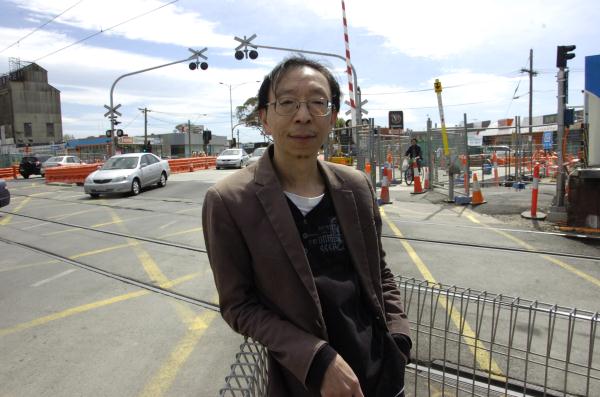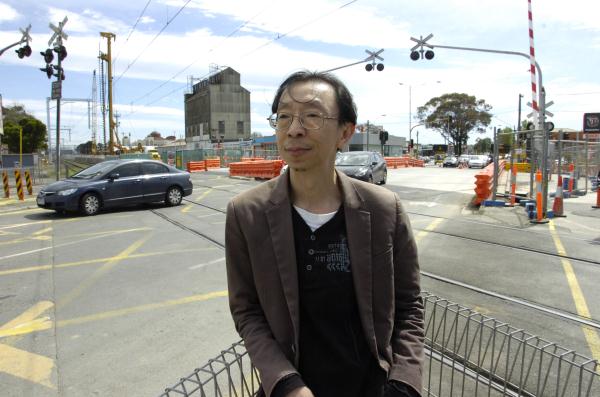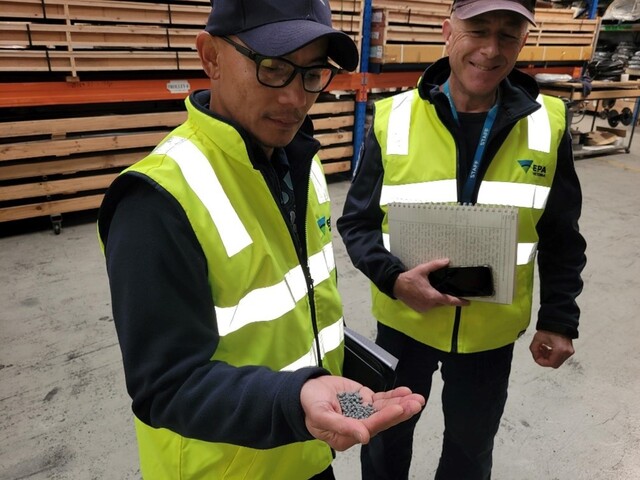Most people have been looking forward to the Springvale level-crossing removal project for a long time; some for more than 20 years.
The whole project is scheduled to be completed in July 2014.
The benefits will be huge.
First, it will significantly address train safety issues.
That’s not just applicable to drivers but especially for pedestrians.
Second, it will reduce delays to traffic on Springvale Road.
Third, it will re-introduce a number of traffic turning movements, which are previously banned at the intersection.
It will allow right-hand turns from the east and the south that were previously banned.
Fourth, it will provide an opportunity to redevelop the whole Springvale community – the retail precinct, the residential areas and to better integrate the north and south sides of the railway track.
There will be some reclaimed land which will become available and provide development opportunities which wouldn’t have been economically viable in the past.
There’s an opportunity for the shopping area to expand in an appropriate manner.
More importantly, we think it’s a very good opportunity for the council to conduct a very broad review on the whole Springvale area to make the best use of this project over the next 10 to 30 years.
If the council fails to seize this opportunity, it will be a big loss for Springvale. There’s a difference between ad hoc development and a master plan development, where residential can be put in one area and commercial in another area.
Docklands is a classic textbook example of ad hoc development.
Planners were looking to create more impressive high-rise buildings but then forgot that without proper infrastructure it was doomed to fail.
There are a number of other things that could be looked at.
There was a proposal that was sitting on the council’s drawing board which is a northward extension of St Johns Avenue to connect over the tracks to Newcomen Road.
This could have created a local bypass to better redistribute of traffic instead of lumping all traffic onto the busy Queens Avenue and Lightwood Road intersection.
It would have been part of the level crossing project had the station been moved westwards towards St Johns Avenue as originally proposed.
But the reason it was dropped was to do with engineering design requirements. There was not enough space for the seven-metre-deep track at the site to rise to ground level at Westall station.
The consequence of that is that it won’t be able to incorporate a local bypass as part of the level crossing project.
And we’ll have to wait a long while now for that to happen.
Another thing we were pushing for was better pedestrian access between the railway station and the shopping area on the east side of Springvale Road.
Even with the station underground, there’s going to be a huge amount of pedestrian crossing at the intersection.
Ideally those crossing points would be also totally underground.
It’s a costly exercise but we’re talking about more pedestrian and cyclist interaction with motorists over the next 10 to 30 years.
We tried to push for some sort of pedestrian crossing facility east of the station so people could cross to the shops and access the Warwick Avenue car park.
The shop owners on that side of Springvale Road have long complained they have missed out on the action compared to the west side.
It will help more intense development and bring forward plans for the redevlopment of the open car park in Warwick Avenue.
This is a typical example of how having three tiers of government in Australia comes at the cost of long-term planning.
The State Government wants to reduce the cost of the project so if residents want these extra things then the local government has to pay for it.
Proper planning for the longer term benefits and potential for the community, or broadly for the society, will say for the sake of an extra $5 million in a $200 million project we’ll put in much better infrastructure for the community to prosper for the next 50-100 years.
This is one of the classic textbook cases where every tier of government only looks at their own project without a holistic approach for what the community and society would need well into the future.
And in this particular case, in my view, the local Springvale community has missed out on a golden opportunity.








